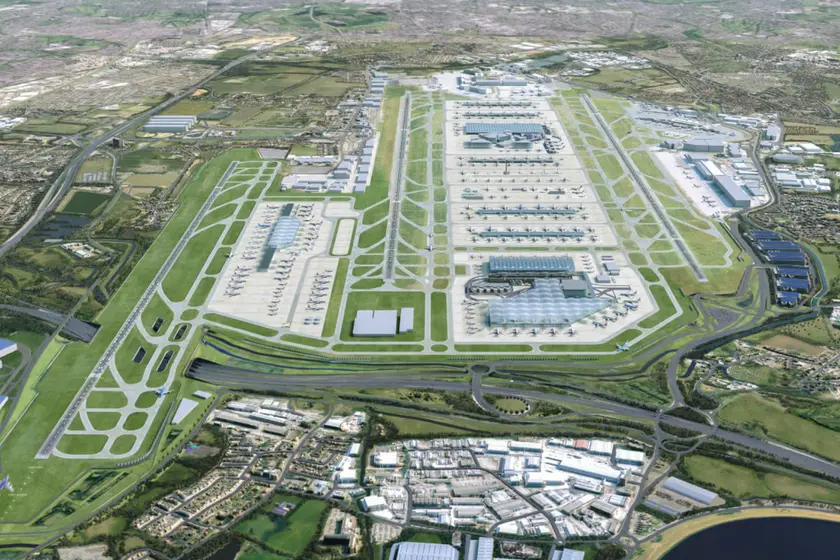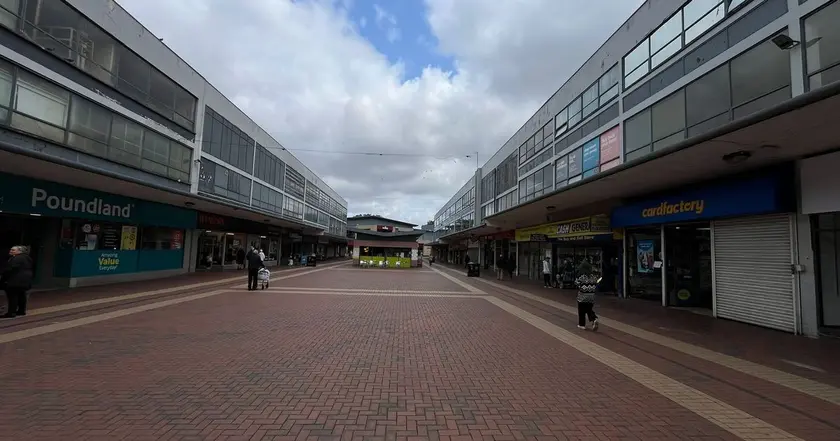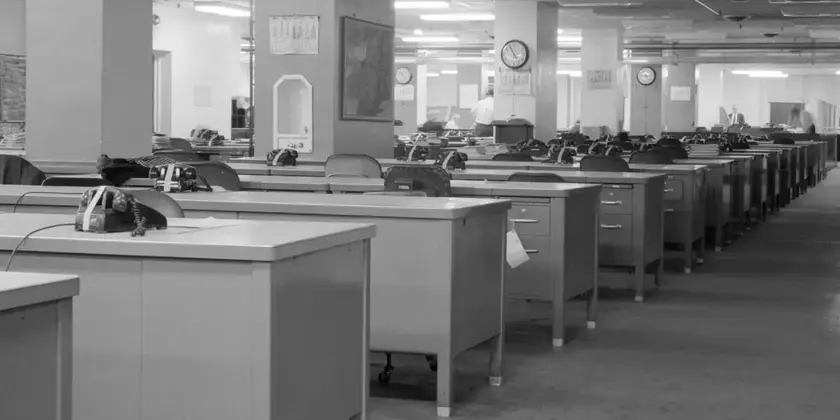T4K3.news
Americans move from big cities for space and cheaper living
Five years after pandemic shifts, families find space and lower costs in suburbs and sunbelt towns, with mixed results on jobs, culture, and commutes.

A look at why seven Americans left big cities during the pandemic and what life looks like five years later.
Americans leave big cities for space and cheaper living
Seven Americans who left major metro areas during the pandemic share what drew them away and what the move looked like in practice. Some relocated cross country while others stayed nearby, trading the big city for places like Rockford Illinois, Wayne New Jersey, Sugar Land Texas, Cedar Park Texas, and cities such as Phoenix, Scottsdale and Palm Desert.
Five years on, the appeal of space and lower housing costs often comes with tradeoffs like longer commutes, fewer cultural options, and distance from friends. The stories show a patchwork: some found financial relief and new careers, while others miss city life or faced new challenges as markets shifted and local resources changed.
Key Takeaways
"The cost to rent our one-bedroom apartment in the Inwood/Washington Heights area of NYC was about the same as the mortgage payment on our three-bedroom home in Rockford."
Andrew Blevins explains the financial math behind moving
"I witnessed violence on the subway. It shook me to my core."
Maryia Jimenez describes safety concerns that prompted the move
"We love that New York City is a short drive away while we enjoy suburban space."
Francheska Stone on balancing proximity to culture with space
"The money stretches further, my home is more spacious, and I can still fly into LA anytime I want for business or a quick recharge."
Toni Ferrara explains the lifestyle balance after moving to Scottsdale
The piece reflects a broader shift in where middle-class families invest in daily life. Remote work and evolving budgeting choices have made relocation plausible without changing jobs. Tax climates and housing markets are pulling residents toward states like Texas and Arizona, reshaping local economies and school enrollment patterns. Yet the trend also raises questions for cities that rely on dense populations for tax bases, and for towns adjusting to sudden housing demand and shifting public services. In short, the migration is real, uneven, and likely long-lasting, with no single blueprint for success.
Highlights
- Space and safety beat skyline in the balance sheet.
- You can love a city and still move on.
- The best of both worlds can be a sunny suburb.
- You don’t need a big city to build a big business.
Budget and housing costs raise concerns in city to suburbs migration
The migration stories touch on budget pressures and financial trade-offs. While many report lower housing costs, some moves come with higher taxes, longer commutes, or increased living expenses in new regions. Public reaction and the long-term impact on city tax bases and local services warrant close watching.
The story points to a future where where people live is as strategic as how they earn a living.
Enjoyed this? Let your friends know!
Related News

Ed Sullivan Theater to see a new chapter

Heathrow reveals plans for third runway

Wythenshawe regeneration plan advances

Wolstenholme Square Eyes New Identity After Redevelopment

Dave's Hot Chicken opens in Manchester

Art Reflects on 80 Years Since Hiroshima

Adriana Gallardo builds $300 million insurance empire

Oasis eye four Knebworth shows for 2026
